How to select automotive blower motor
-
Automotive
-
Automotive HVAC system
-
Automotive seat ventilation system
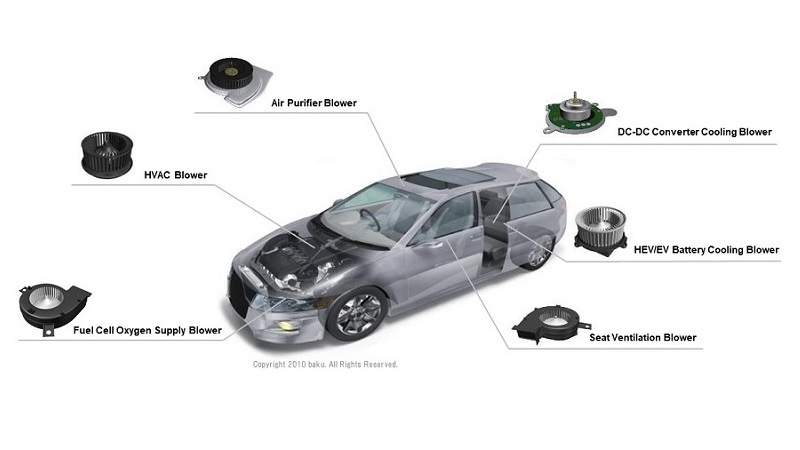
Apr. 1, 2024
Blower motors are a crucial component used in various applications within vehicles, particularly where heat management is essential. When selecting an automotive blower motor, it is important to consider key factors to ensure optimal performance, energy efficiency, and durability in different vehicle systems.
What is a blower motor?
Blower motors are mechanical devices designed to generate airflow through the rotation of blades. Similar devices include fans and compressors, and each is categorized based on discharge pressure/suction pressure ratios. Blower motors are further classified into four distinct types, axial, diagonal, centrifugal, and cross-flow, based on their design.
For more information:
Types of automotive blower motor
Various blower motors are installed in cars. The following are typical products and their functions.
- Controls the airflow for the heating and cooling system, facilitating the movement of conditioned air.
- Draws air from inside the cabin and directs it through the seat cushion and backrest, removing heat and humidity.
- Seat heating/cooling blower motor
- Pushes air out directly from the seat and circulates the air throughout the seat surface.
- Battery cooling blower motor
- Regulates electric vehicle (EV) battery temperatures to ensure optimal performance, longevity, and safety of the vehicle's battery system.
- DC-DC converter cooling blower motor
- Provides efficient cooling for the DC-DC converter module, ensuring optimal performance and preventing overheating.
- Infotainment system cooling blower motor
- Provides cooling for the infotainment system in vehicles, ensuring optimal performance and preventing overheating of electronic components.
- Headlight cooling blower motor
- Dissipates heat generated by high-power LED headlight bulbs, preventing overheating, and ensuring optimal performance and longevity of the lights.
- Fuel cell oxygen supply blower motor
- Provides a controlled and efficient supply of oxygen to fuel cells, ensuring optimal performance and energy production.
- Air purifier blower motor
- Circulates and filters air in an air purifier system to improve cabin air quality.
- Neck warmer blower motor
- Directs warm air onto the necks of drivers and passengers, ensuring comfort during chilly weather.
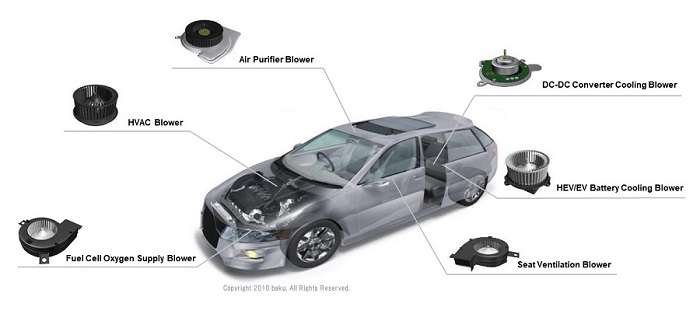 Some examples of automotive blower motor
Some examples of automotive blower motor
How are automotive blower motors different from other blower motors?
Although some features and functions of automotive blower motors are similar to those used in consumer products, automotive blower motors are distinguished by their strict quality control requirements. Because vehicles must prioritize the safety of occupants and pedestrians, the consisting parts in general also need to ensure safety. As a result, automotive parts, including blower motors, are subject to stringent safety regulations, quality standards, and performance expectations dictated by industry demands. Certifications such as IATF16949 and ISO9001, along with the successful passage of OEM audits serve as crucial indicators of the reliability and integrity of automotive parts.
Key considerations for selecting the best automotive blower motor
When choosing an optimal blower motor for your system, there are several key factors to consider. All perspectives of QCD (Quality, cost, delivery) are important, but here we consider selection criteria in terms of quality and performance.
- PQ (Pressure-Flow)
- Airflow determines how much air the fan can move in a given time, while Static pressure measures the fan's ability to overcome resistance and push air through. If the blower motor is used in an application where there is resistance, such as seat materials or filters, static pressure becomes crucial to push enough air. Selecting a blower motor with the right balance of static pressure and airflow ensures effective performance.
- Mounting and size
- Consider the available space for installation as blower motors come in various sizes and mounting configurations. Measure the available area to select a motor that fits without modifications.
- Weight
- The weight of vehicle part plays crucial roles in determining the driving range of EVs. Efficient management of weight is essential for optimizing EV performance and maximizing range.
- Noise
- It has become essential for vehicles to be quieter for improved passenger comfort. Noise reduction is an important consideration in EVs, as they tend to be quieter than Internal Combustion Engines (ICEs). Not only specifications related to noise, which is usually expressed in dB, but the quality of the sound without abnormal noise is required.
- Vibration
- For blower motors used within the cabin, vibration is directly related to passenger comfort. To reduce vibration, two techniques are required: blower motor design that prevents initial unbalance, and balance correction after impeller molding.
- Energy consumption
- With the increasing shift to EVs, energy-efficient blower motors are essential to reduce electricity consumption. Select an efficient blower motor that provides adequate airflow while minimizing energy usage.
- Voltage and power supply
- Determine the voltage requirements for your specific application (e.g., 12V, 24V, 48V), and ensure compatibility with the vehicle's electrical system.
- Durability and Reliability requirement
- The motor used in the blower should be selected based on required life. Brushless DC motors tend to be chosen for applications that require long life and high efficiency. Also, a characteristic of automotive parts is that they need to withstand harsh automotive environments such as extreme temperatures and humidity, shock, vibration, salt water, and dust. This means that they require high standards of durability, shock and thermal shock resistance, and casing rigidity. When selecting your automotive blower motor, make sure that the supplier is capable of meeting these requirements through material selection and design technology.
By considering these factors when selecting automotive blower motors, you can ensure optimal performance, energy efficiency, and durability in various vehicle systems. Finding products that meet these required specifications is not easy. For example, there is a trade-off between airflow and size, or airflow and noise, and looking for a product with ideal performance will require the cooperation of suppliers, including customization.
Overcoming your problems with ASPINA's advanced blower motor technology
The key to blower motor development is to study the electric motor, fan, casing, impeller, circuitry, and other components in detail to build up an accurate understanding of where performance losses occur. ASPINA draws on their expertise built up through many years of development, not only to optimize blowers or their motors to improve their performance, but also to make them smaller, lighter, and have longer operating times. The vibration and noise level are reduced to low levels, using our accumulated manufacturing experience and know-how. Along with providing greater flexibility in product design, ASPINA's blower motors can help reduce costs. ASPINA also has extensive scope for customization, so please don't hesitate to contact us.
If you have any questions or would like samples, quotations, consulting on customization etc., please feel free to contact us from our form.
Related information
-
Casing structure innovation provides quiet and comfortable driving experience – Automotive seat ventilation blower motor
Technologies
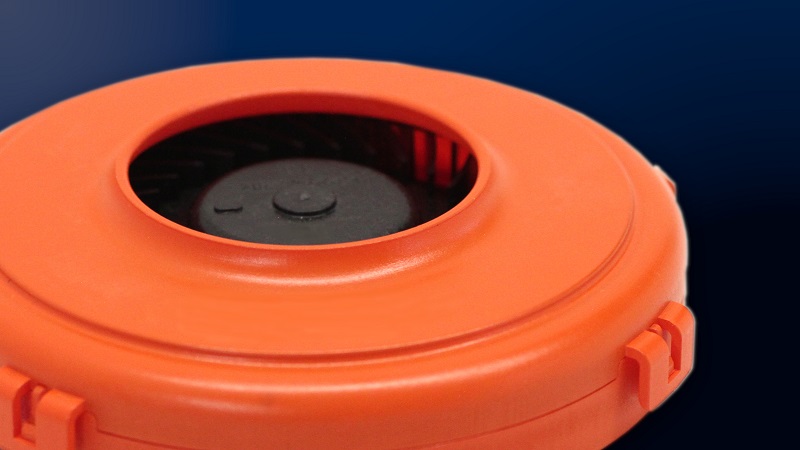
-
Compact and high performance seat ventilation systems made possible with back outlet blower motor
Case studies

-
Sleeve bearing development surpasses automotive industry standards – Automotive seat ventilation blower motor
Technologies
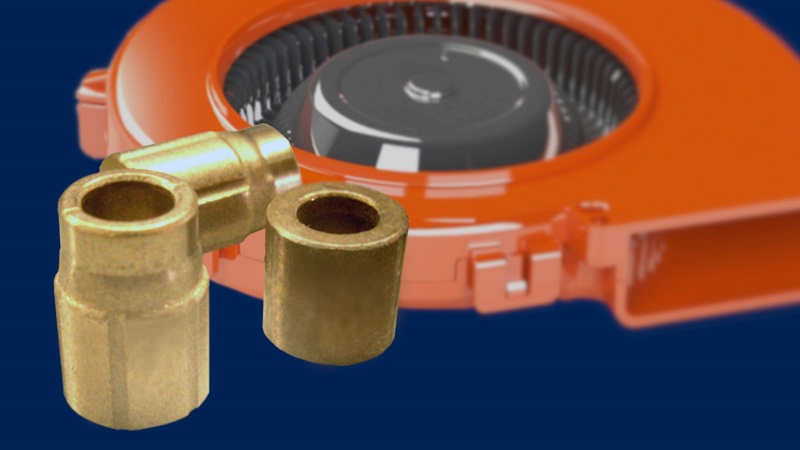
-
Accelerate product development: Rapid sampling and tailored solutions with ASPINA’s seat ventilation blowers
Case studies

-
Seat ventilation blower
Products & services
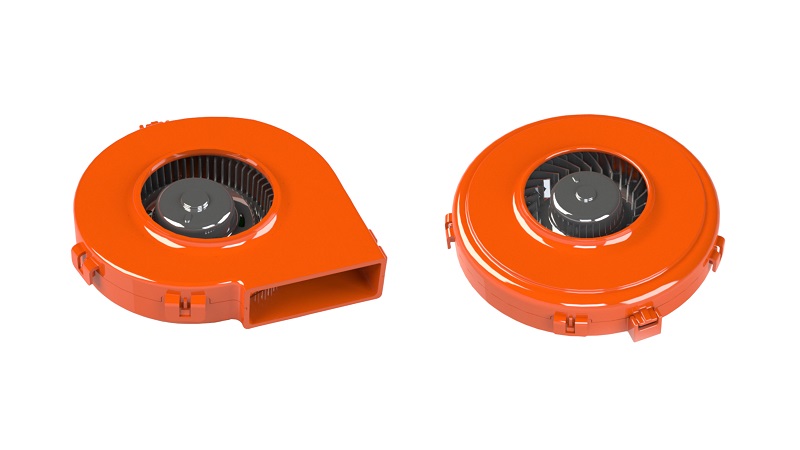
-
HVAC blower motor
Products & services
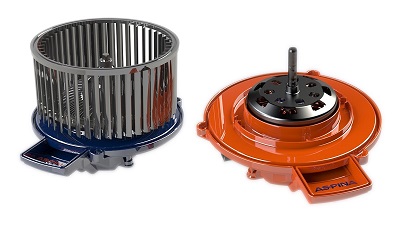
Contact us for more information
- New inquiry
- Prototype
- Upgrade
- Customization
- Your spec
- Literature
- Support
- Others










